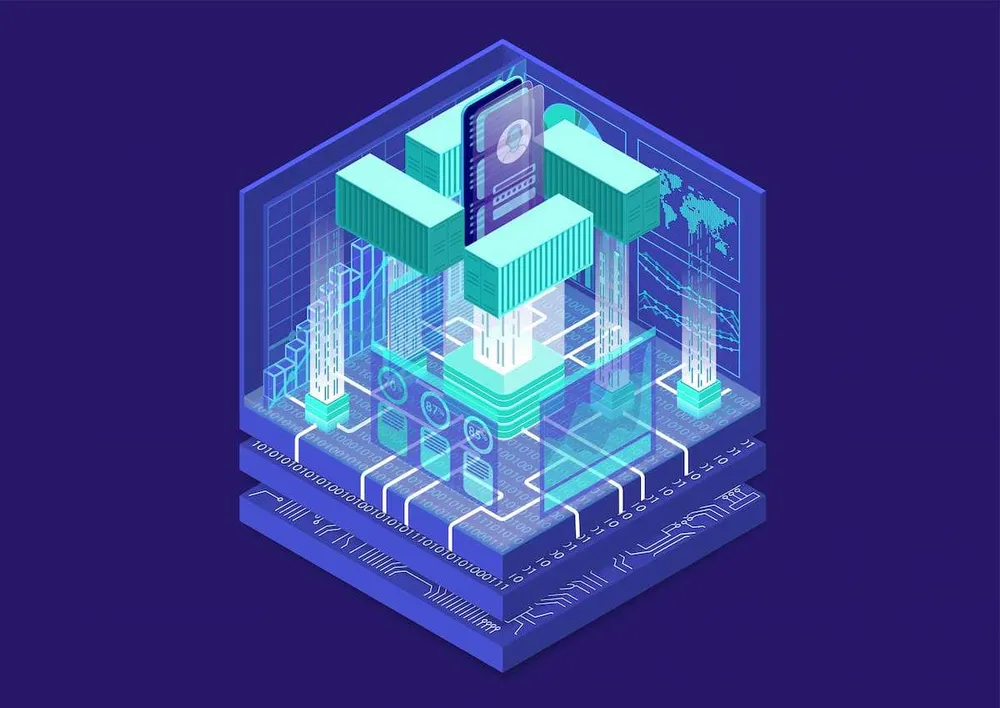Forming Storming Norming Performing Tuckman’s Levels Of Group Improvement Explained With Diagram
Every stage represents a unique part within the group growth course of, the place members experience totally different team dynamics as they construct trust, navigate conflicts, and are available collectively round widespread targets. Understanding these phases helps team leaders present the best help at the right time to shortly allow collaboration and effective teamwork. In the performing stage, the group operates at a excessive 4 stages of group formation stage of efficiency, recognizing every member’s strengths and maintaining a powerful commitment to shared objectives. Finally, the adjourning stage occurs when the group disbands, often eliciting mixed feelings of accomplishment and disappointment.

The astronauts, not simply colleagues however companions, were within the spacecraft, prepared for the journey of a lifetime. They had turn into a high-performing staff, capable of anticipate one another’s strikes, work smoothly collectively, and remedy problems quickly and efficiently. He inspired everybody to share their personal tales, their strengths, and even their fears. He made positive to create an open and accepting setting the place all ideas and ideas have been welcomed, all with the purpose of fostering trust and mutual understanding. It was clear from day one which Commander Sullivan valued each member’s contribution, setting the tone for a cooperative environment.
Group Improvement
The final stage signifies that after the group has served its objective, it’s going to ultimately be disbanded or de-formed. Right Here, individuals exit from the group (separately orsimultaneously) and the staff loses its id and ceases to exist. Whether Or Not constructing a new staff or collaborating with cross-functional companions, establishing your team’s mission early is pivotal.
After navigating via Product Operating Model the forming, storming, and norming phases, the team has now reached some extent of high efficiency and productiveness. Much like a well-rehearsed theatre efficiency, the staff operates smoothly with a deep understanding of their roles and responsibilities. They’re driven by a shared objective, and each member is motivated and competent to carry out their tasks autonomously. The team meets and learns concerning the opportunities and challenges, after which agrees on targets and begins to tackle the tasks.
Stage 5 & 6: Outperforming & Adjourning
- It also provides some useful guidance on how leaders can most effectively help their teams in every of the levels.
- Based on these results, Wheelan’s place helps the standard linear models of group improvement and casts doubt on the cyclic fashions and Gersick’s punctuated equilibrium model.
- In this part, key risks come from spiralling conflict as a end result of a lack of mutual understanding, but in addition from avoiding battle due to fear of discord.
- Efficient leadership can expedite the method of constructing a model new team while minimizing dips in effectiveness during storming and maximizing productivity throughout norming, performing, and even through the adjourning levels.
- These challenges can create pressure, however they’re also a important a half of the event course of.
This can additionally be the stage in which group members test boundaries, create floor rules, and define organizational requirements.3 Dialogue centres on defining the scope of the task, tips on how to strategy it, and comparable concerns. To grow from this stage to the next, every member should relinquish the comfort of non-threatening matters and risk the potential for battle. As it begins working on difficult tasks and conflicts come up, there’s usually a dip in effectiveness. Nonetheless, because the storming section subsides and the group progresses via norming and performing stages, its effectiveness will increase exponentially.

Assigning roles thoughtfully is a key step within the five-stage model of group improvement. Via the levels of forming, storming, norming, and eventually performing, Commander Sullivan and his group showed that successful teamwork would not simply occur overnight. It Is a journey, a strategy of learning to work together, understanding one another’s strengths and weaknesses, and learning to resolve conflicts constructively.
A variety of theoretical models have been developed to clarify how sure teams change over time. In some cases, the type of group being thought of influenced the mannequin of group development proposed as in the case of therapy groups. The second stage, storming, occurs when the group encounters its first conflict. The high expectations of the primary stage may be lowered to more practical expectations, if needed, which may cause some members of the team to become annoyed or upset with other members of the group. Others may experience anxiousness once more as concern grows in regards to the group members’ ability to accomplish their assigned work.
This model outlines the varied phases that groups undergo as they develop and mature. This is followed by the storming stage, where conflicts and energy struggles may arise. The norming stage sees the institution of group cohesion and norms, resulting in the performing stage the place the group is very functional. Finally, the adjourning stage entails the disbanding of the group upon completion of the duty. Understanding the levels of group formation and the theories that specify why groups kind is crucial for anyone working in or studying group dynamics.
From a piece perspective, this stage normally sees people working in their own ways, often on their own tasks. There is little sharing of concepts and approaches, or suggestions in relation to performance. Everybody is simply doing their own factor, observing others, understanding hierarchies and attempting not to rock the boat too much. Since its starting, the research of group dynamics has caused disagreement between researchers, as some preserve the major focus ought to be at the individual-level, and others maintain the focus ought to be at the group-level. The Multilevel Perspective is an integration of these analyses into one unified method.
The fifth stage, adjourning, refers again to the https://www.globalcloudteam.com/ disbanding of the group, ideally in a positive method when the members’ work together has concluded. Efficient leadership can expedite the process of constructing a new group whereas minimizing dips in effectiveness during storming and maximizing productiveness throughout norming, performing, and even in the course of the adjourning phases. The duration for traversing all 5 phases can range from as short as three months to so lengthy as several years, relying on both formal and informal leaders’ capability to information their groups through these levels successfully. The Adjourning stage is the ultimate phase of Bruce Tuckman’s mannequin of team development.
This is a fragile time for the staff as belief and relationships are simply beginning. The ‘U’-shaped journey might remind of you a individual’s journey via the ‘skill/will’ matrix as they purchase a model new ability, or Kubler’s well-known change curve. They all share a particular ‘valley’, the place any person or group aiming to get from ‘happy innocence’ to ‘happy competence’ must bravely enterprise by way of a messy-middle phase of confusion, discord and progress.
